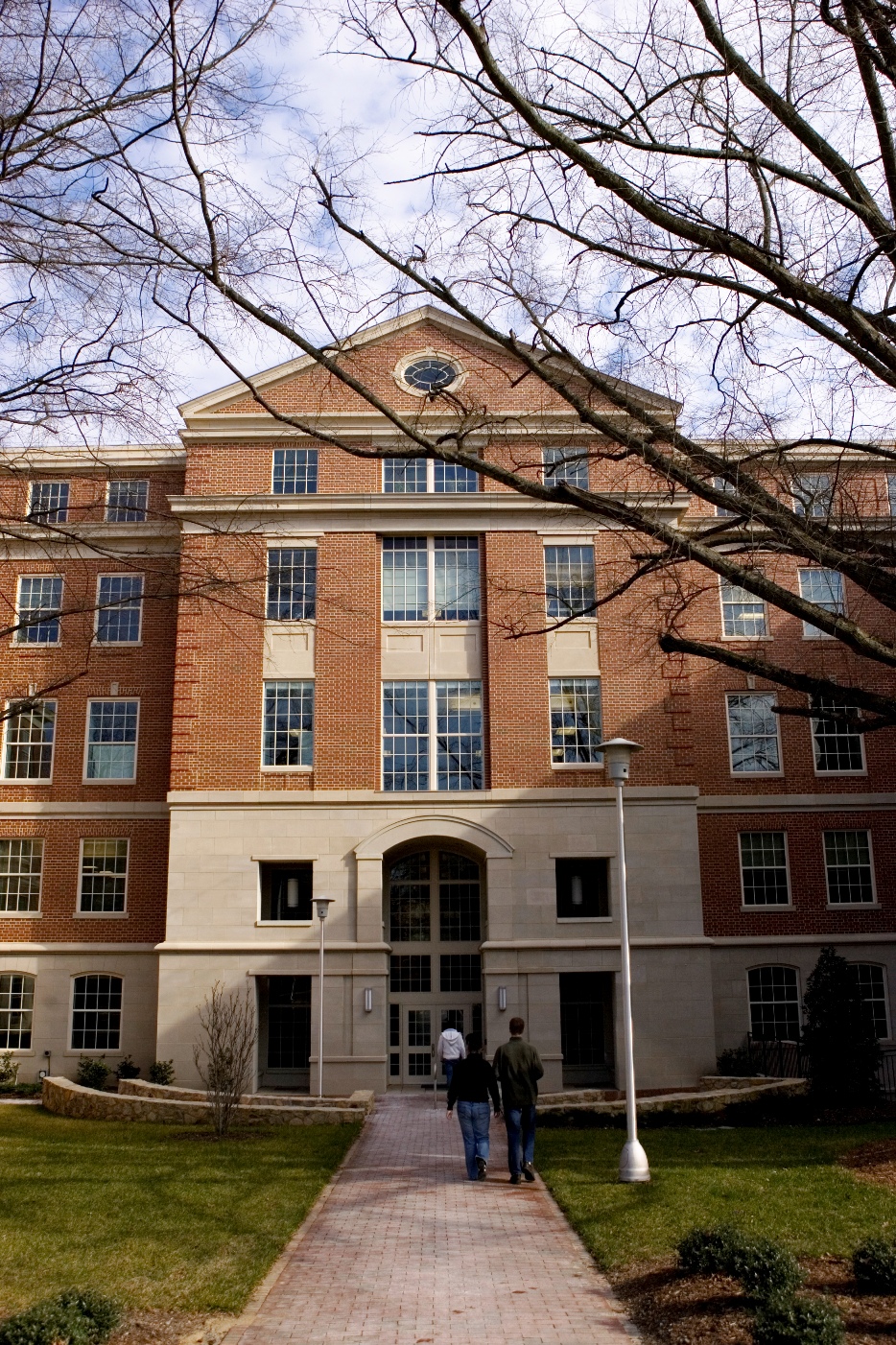Over the past few years, Association of American Medical Colleges has projected potentially critical shortfalls of trained doctors in multiple areas and specialties, including primary care. Now, an updated report warns of increasing shortages in both primary and specialty care.
In 2016, the AAMC estimated the coming shortage of primary care physicians at up to 35,600 by 2025. Today, that potential figure has ballooned to 49,300 by 2030. That’s critical because primary care typically is the initial point of contact for a patient when an illness, injury or other health concern arises. These doctors not only treat patients throughout their illness, but continue to work with them afterward to help develop and maintain healthy lifestyles and preventative practices.
While these shortages stand to impact patient care nationwide, the good news is that there is more opportunity than ever for anyone considering a medical career. If you’re considering a career in primary care, you’ll want to check out U.S. News & World Report‘s recently released rankings of the best medical schools for primary care training in 2019/ To develop the latest list, researchers surveyed the 144 medical schools accredited in 2017 by the Liaison Committee on Medical Education and the 33 schools of osteopathic medicine accredited in 2017 by the American Osteopathic Association. Surveys were completed in the fall 2017 and early 2018, with 124 schools responding.
When the data was analyzed and schools ranked accordingly, it was the University of North Carolina that stood above the rest. If you’re planning a career in primary care, consider these elite schools:
- University of North Carolina – Chapel Hill, Chapel Hill, NC: Relatively low in-state tuition of $27,637, a 1.9:1 faculty-to-student ratio and opportunities to study abroad all factored into the UNC’s win.
- University of California – San Francisco, San Francisco, CA: This school ranked in the top five in multiple categories including anesthesiology, obstetrics and gynecology, radiology, internal medicine, surgery, pediatrics, psychiatry and research.
- University of Washington, Seattle, WA: Entering students are divided into six colleges, each employing mentors who counsel students throughout their four years in medical school. Students can earn an M.D. or a Ph.D., and about 10 students a year can earn both through the Medical Scientist Training Program.
- University of California – Los Angeles (Geffen), Los Angeles, CA: The School of Medicine is affiliated with the top-ranked hospital Ronald Reagan UCLA Medical Center, plus the Los Angeles County-Harbor-UCLA Medical Center and Santa Monica UCLA Medical Center. Medical students can earn combined degreed, such as a M.D./Ph.D., through the Medical Scientist Training Program; an M.D./M.B.A. with the UCLA Anderson School of Management; or an M.D.-Oral Surgery Residency. Joint degree programs offered in conjunction with other institutions, including the Charles R. Drew University of Medicine and Science/UCLA Medical Education Program, are designed for students aiming to work in disadvantaged rural and urban communities.
- Baylor College of Medicine, Houston, TX and Oregon Health and Science University, Portland, OR (Tie): Baylor also ranks high for pediatrics (10) and research (16). Oregon also is renowned for training in rural and family medicine. Students begin clerkships in their third year and must work in a rural setting before graduation and have the opportunity to earn a master’s degree in public health or a Ph.D. along with their medical degree.
No matter what medical area you choose, WOLFPACC can help prepare you for the rigors of medical studies, exams and practice. Find out how by calling 904-209-3140 and talking with an enrollment specialist today.





